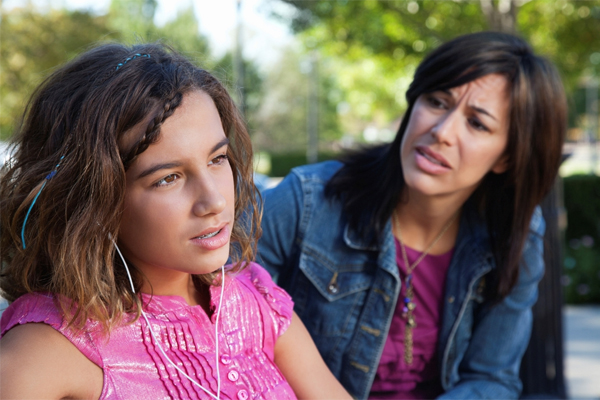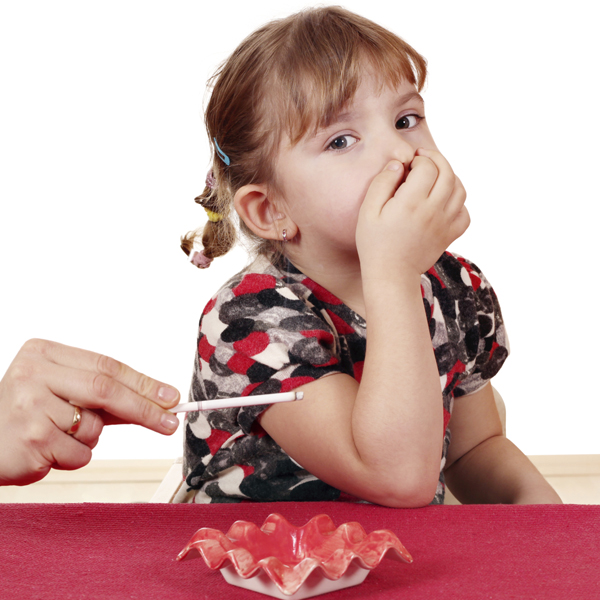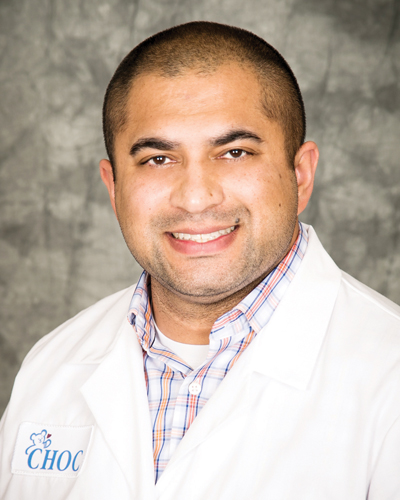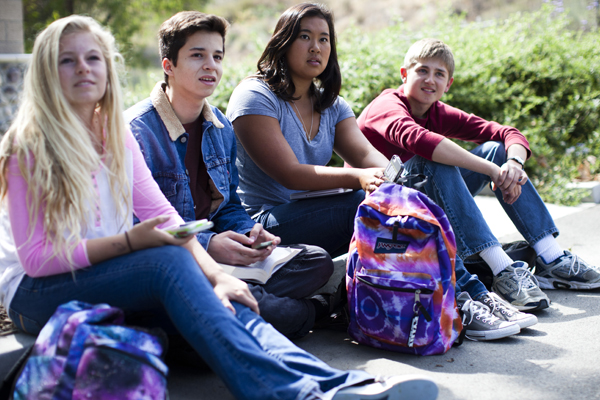Firsthand smoke comes from the toxins of cigarettes being inhaled directly. Secondhand smoke is breathed indirectly. Thirdhand smoke is inhaled from clothing, draperies, furniture, carpets and other things in the environment that absorb smoke. “There are some theories that thirdhand smoke can be just as dangerous or more dangerous than secondhand smoke because it interacts with chemicals we use to clean our clothes,” says Dr. Sunil P. Kamath, CHOC pulmonary and respiratory specialist.
HOW IT HURTS KIDS
“If kids are around smokers and exposed to second- or thirdhand smoke, they have increased incidents of asthma, ear infections and sinus infections. The other big thing is there is a direct correlation between smoke exposure and SIDS (Sudden Infant Death Syndrome),” says Dr. Kamath. “The smoke and toxins are inhaled into the child’s lungs and respiratory tract and have a lot of negative effects on the developing lung and on the immune system” he says.
MINIMIZING EXPOSURE AT HOME
“The best thing for smokers would be to quit smoking for their own health benefit and for their children and the people around them,” advises Dr. Kamath. “At a minimum, if people are going to smoke, they should smoke outside, away from the house and away from any ventilation system. We always recommend that smokers wear a smoking jacket or robe and when they are done, they leave that article of clothing outside and wash their hands and face before interacting with anyone.”



















